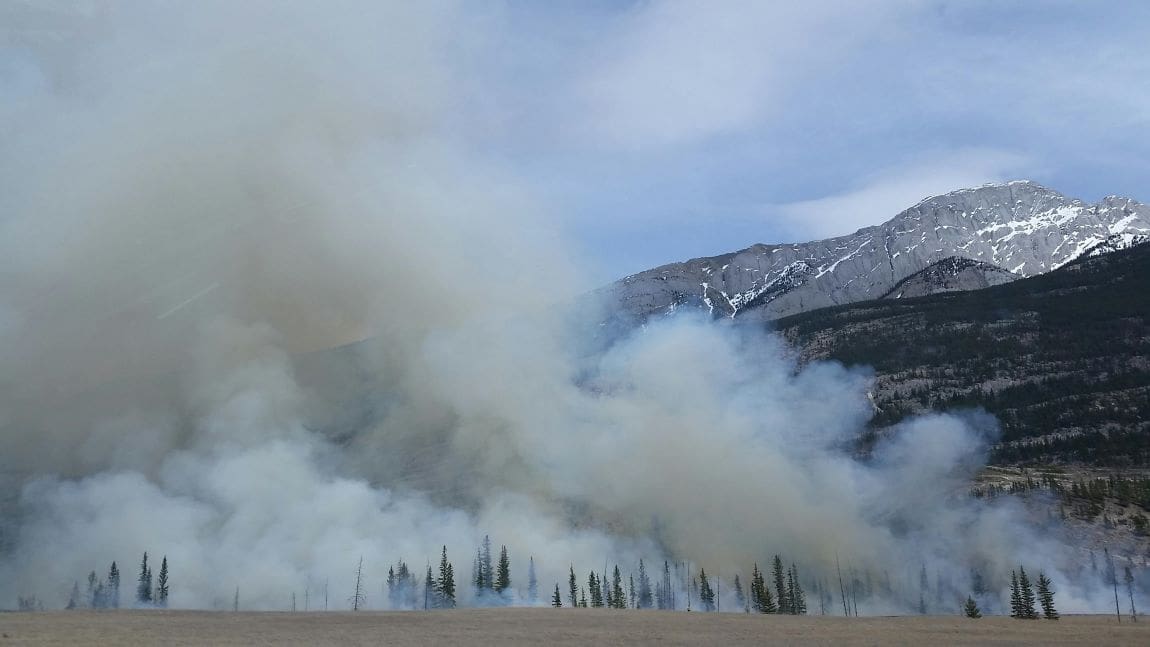Wildfires, fueled by climate change, are intensifying worldwide, particularly in high-latitude regions where global warming has a pronounced impact. While some areas have seen a reduction in burned lands, others are grappling with increasingly severe fire events. This divergence, particularly notable in parts of Asia and North America, underscores the complex relationship between climate, vegetation, and human activity.
A recent study by researchers from Fudan University, published in Frontiers of Environmental Science & Engineering, examines global wildfire trends over the past two decades.
The findings reveal that while the overall global burned area has slightly declined, particularly in Africa, wildfire activity has surged in high-latitude regions. These areas are experiencing heightened variability, with large-scale fires occurring more frequently due to rising temperatures and extended drought periods.

The research highlights that globally, wildfires burn approximately 3%–4% of the land annually, contributing to massive emissions of greenhouse gases like carbon dioxide (CO2) and harmful air pollutants, notably PM2.5 (particulate matter).
The release of these pollutants not only accelerates climate warming but also poses severe health risks, especially in regions lacking effective fire management systems. The study notes that emissions from wildfires are a major source of atmospheric CO2 and particulate matter, further complicating efforts to combat climate change.
Dr. Hongliang Zhang, one of the study’s leading authors, emphasized the urgency of global collaboration to tackle the growing wildfire crisis.
“Our findings underscore the urgent need for global collaboration to combat the rising threat of wildfires,” Zhang stated. “By focusing on high-risk areas and improving fire management practices, we can reduce the severe health and environmental impacts of these fires.” His comments reflect the growing concern among scientists and policymakers alike about the expanding risks wildfires pose to ecosystems, public health, and climate stability.
A key takeaway from the study is the role of climate change as a central driver of these trends. With temperatures continuing to rise and droughts becoming more prolonged and frequent, wildfires in vulnerable regions are likely to become more destructive in the coming years. High-latitude regions, which were once less prone to large-scale fires, are now experiencing unprecedented fire activity. These fires not only devastate local ecosystems but also contribute significantly to global warming through the release of stored carbon.
The study’s findings provide a crucial framework for improving wildfire management strategies. By identifying the regions most at risk and the key contributors to increased wildfire activity, researchers hope to guide the development of targeted policies that mitigate both the environmental and health impacts of these fires. In particular, the study points to the need for improved fire management practices in poorly managed areas, where the health risks from wildfire smoke and pollutants are most severe.
Wildfires, driven by climate change, represent a multifaceted threat to global stability. Their increasing frequency and intensity in high-latitude regions highlight the urgent need for coordinated efforts to reduce emissions, manage fire-prone areas, and protect public health. Without significant action, the consequences of these fires will continue to escalate, further undermining global efforts to combat climate change and protect ecosystems.
Journal Reference:
Guochao Chen, Minghao Qiu, Peng Wang, Yuqiang Zhang, Drew Shindell, Hongliang Zhang, ‘Continuous wildfires threaten public and ecosystem health under climate change across continents’, Frontiers of Environmental Science & Engineering 18 (10): 130 (2024). DOI: 10.1007/s11783-024-1890-6
Article Source:
Press Release/Material by Higher Education Press (HEP)
Featured image credit: Pixabay | Pexels




